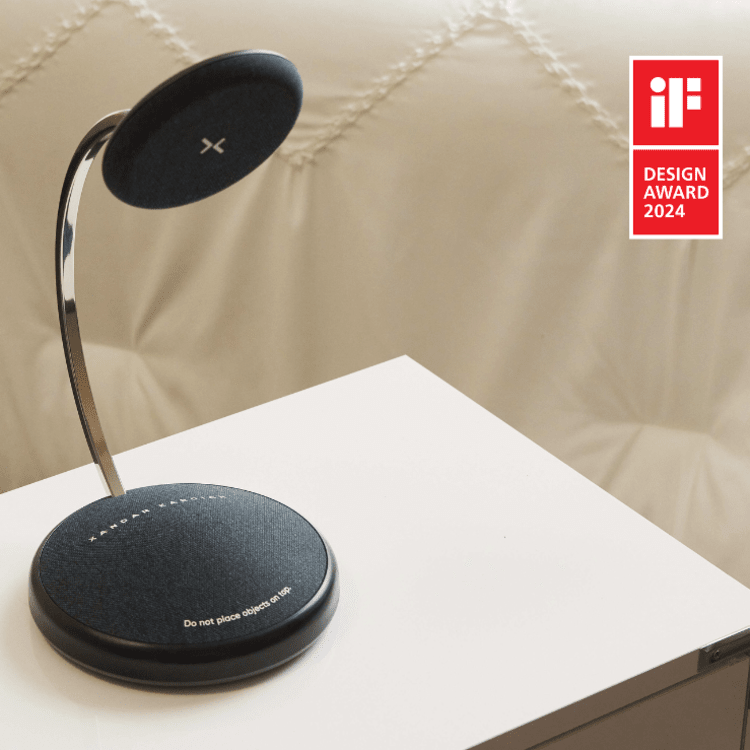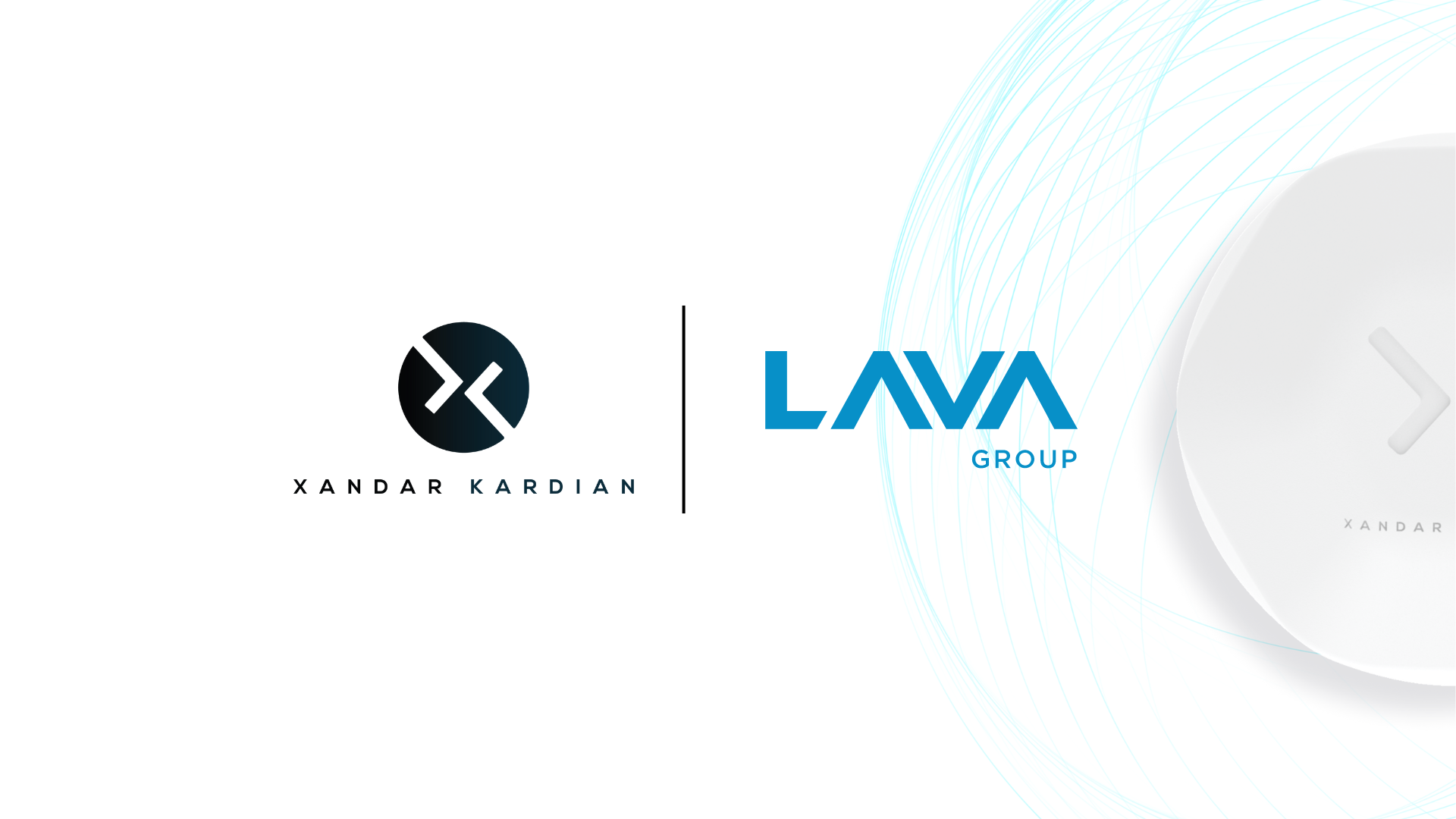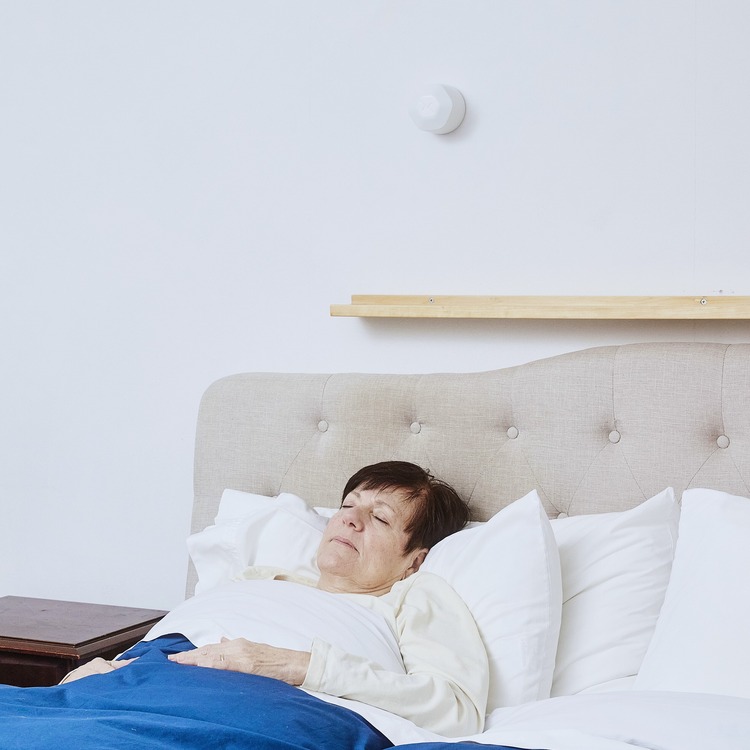






We’re All About Health — For People and For Buildings
Choose your setting. Then discover how radar-based monitoring can help you optimize it.
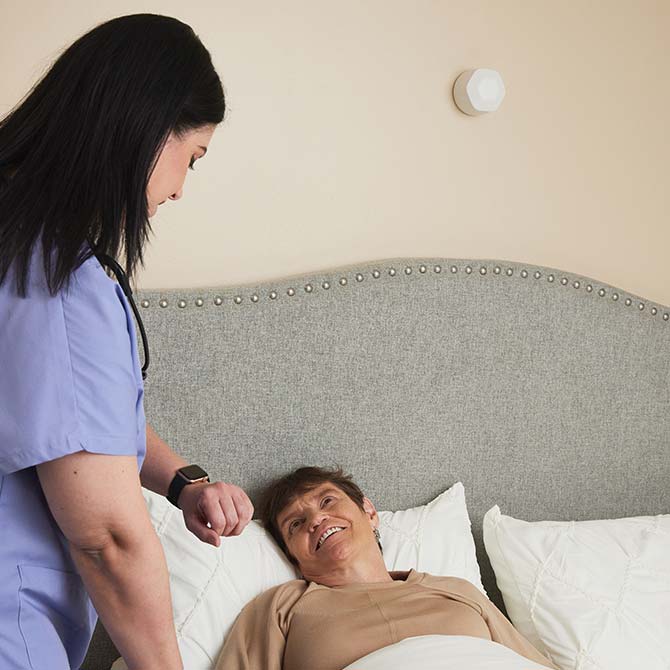
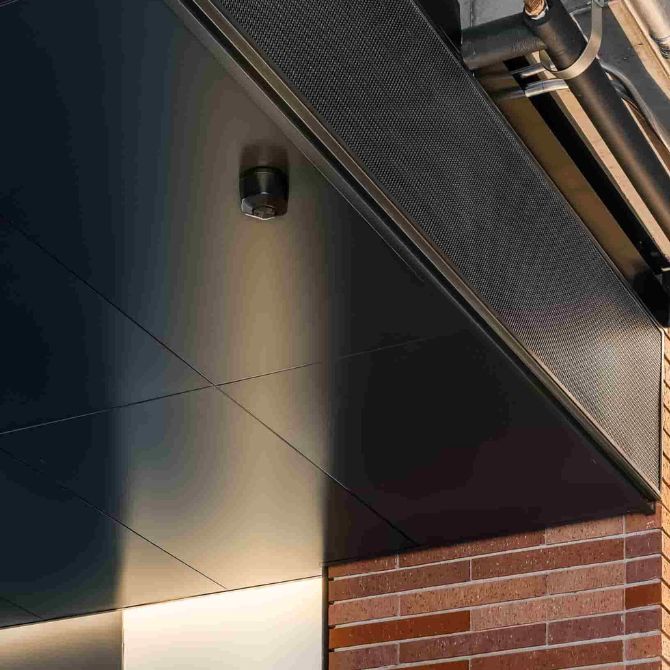
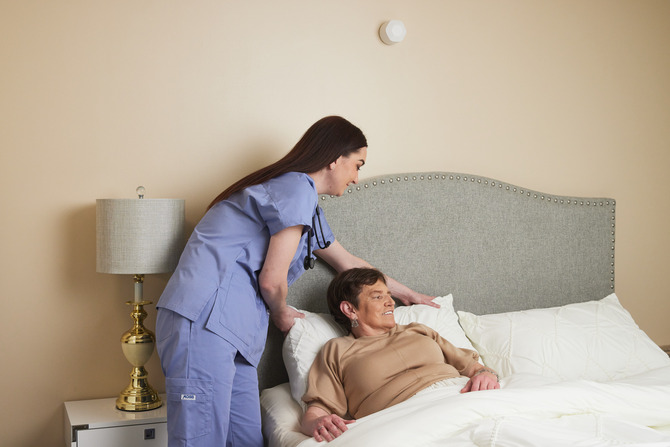
Explore how radar-based monitoring can help you improve resident care, staff satisfaction and your bottom line.
More
Monitor and detect vital sign changes in inmates for early intervention.
We Know Radar
We’re using ultra-wideband radar to disrupt how human health and building health are monitored, analyzed and improved. From continuous vital signs monitoring to precise occupancy data and people counting, it’s all on our radar — and we’re just getting started.

Detect patient deterioration to reduce hospital readmissions/transfers and improve length of stay.

Reduce work pressures so your team can focus where the need is greatest.

Count on precise presence and vacancy detection to reduce HVAC, lighting and other energy costs.

Optimize energy use, support wellness and mitigate risk.
News & Events
Innovation Is What We Do
We began in a university R&D lab, finding new ways to make life better with radar technology.
You’ll find our sensors in healthcare facilities, airports, shopping centers, prisons and beyond.
Our seasoned team of radar engineers, executives and entrepreneurs is second to none.
Our research is recognized and validated by peer-reviewed publications.
We’re passionate about finding new applications for our technologies.
And counting.

[The XK300 is a] great tool for providing around-the-clock ‘eyes’ on our patients. We were able to identify acute changes with a resident following a fall. Later this resident was diagnosed with a UTI. Amazing technology.
Assistant Director of Nursing, Midlands Living Center (IA)
Let’s Talk About You
Ready to see the impact radar-based monitoring could have on your organization? Let’s begin.
Schedule a Demo



